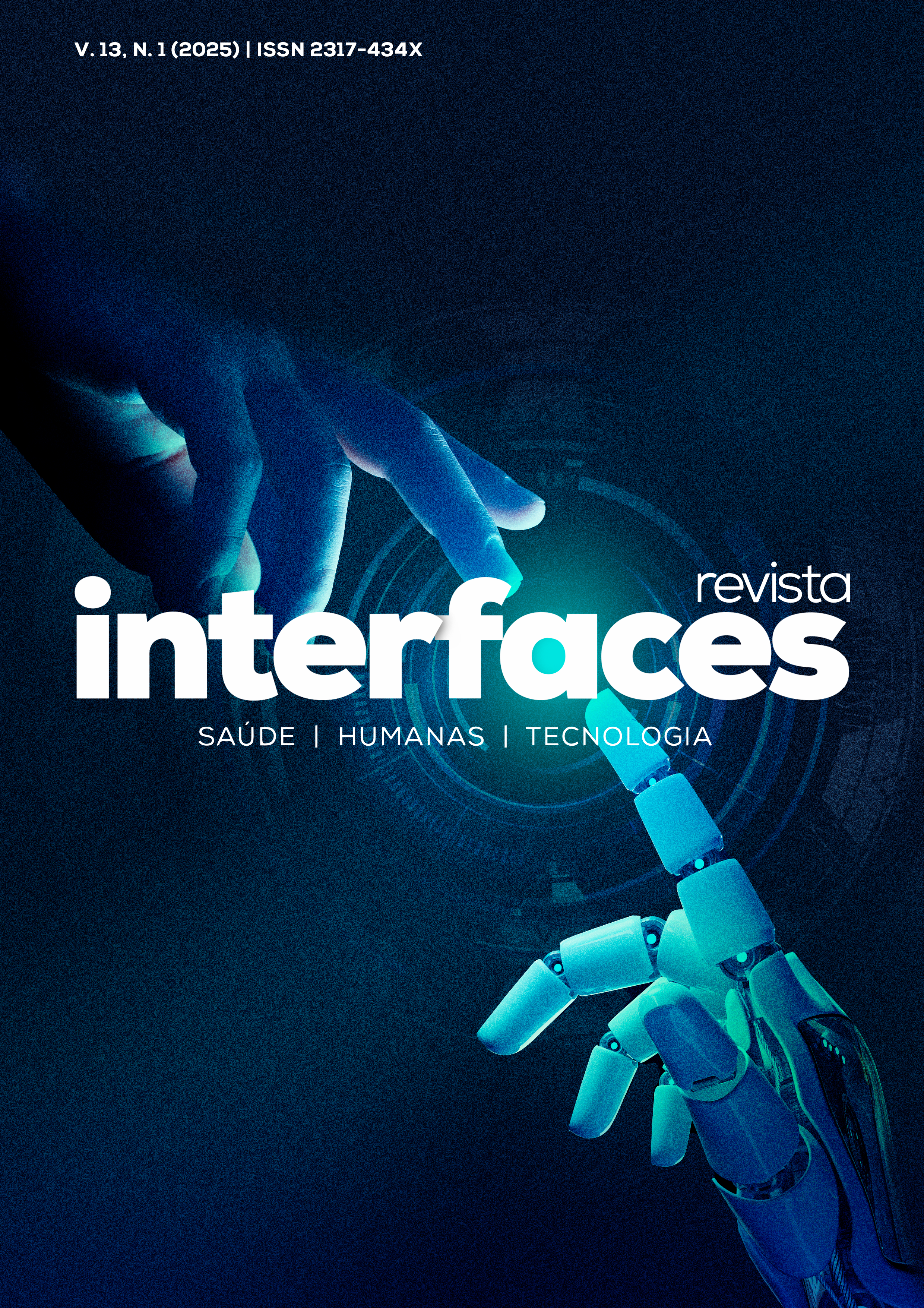USE OF A TEACHING GUIDE IN TEACHING NEURORADIOLOGY IN THE MEDICINE COURSE
DOI:
https://doi.org/10.16891/2317-434X.v13.e5.a2025.id2436Keywords:
Metodologias Ativas, Ensino em Saúde, Tecnologia EducacionalAbstract
The aim of this study was to evaluate students’ perceptions of neuroradiology teaching guides as a teaching strategy. Concerning to the methods, it was a cross-sectional, descriptive study was conducted with 50 fourth-semester medical students from a public university in Brazil. Data were obtained through electronic questionnaires, comparing weeks with and without the use of teaching guides. Data analysis was performed using descriptive statistics in the R software. There were 23 responses to the first questionnaire, 19 to the second, and 12 to the third, corresponding to response rates of 46%, 38%, and 24%, respectively. The development of team skills and oral communication were considered similar with or without the guide. Students felt that the guide favored autonomous learning of neuroradiology more. The guide outperformed the regular class in seven of the eight questions, except for the hierarchization of radiological findings, where 50% of students preferred the guide. The main difficulties with the guide were self-pressure and lack of time, while without the guide, the difficulties included lack of guidance and clarity. The greatest advantages of the guide were the clarity of the steps and practical applicability. Most students reported having learned more from the guide and preferred to use it in all classes. Therefore, the guide proved to be effective for autonomous learning of neuroradiology, surpassing the traditional approach in most aspects and being preferred by students due to its clarity and practical applicability.

